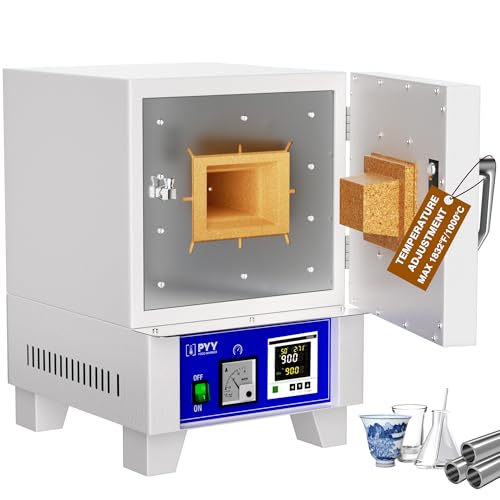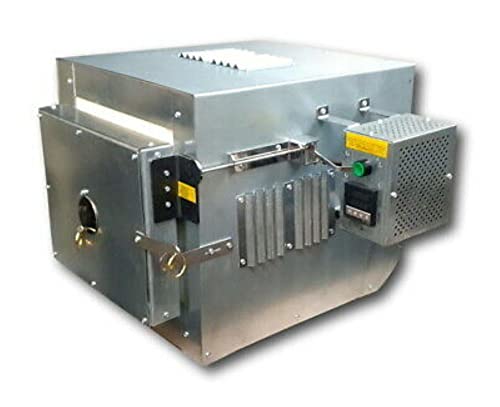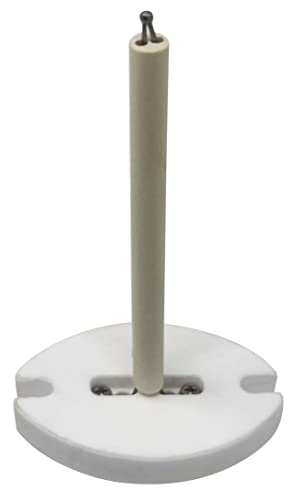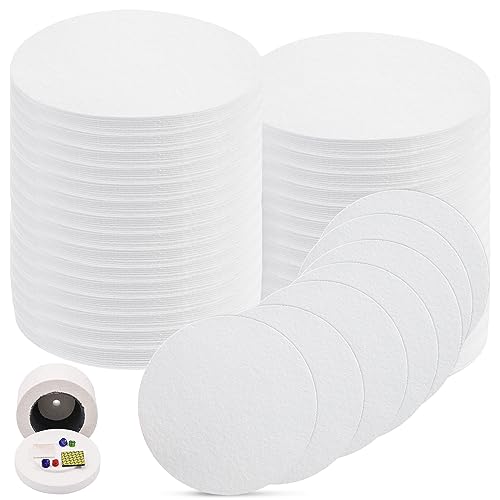Ever wondered how to turn your clay-dabbling hobby into jaw-dropping ceramic masterpieces? You’re not alone—many have stared at a lumpy mug, dreaming of glossy perfection. The secret isn’t just skill (though it helps); it’s the right tools—specifically, a high-quality kiln or oven. If you’re serious about ceramics, these are your ticket to leveling up. This guide dives into the fiery world of ceramic magic, helping you choose the perfect kiln or oven to elevate your craft.
Why Kilns and Ovens Are Essential for Ceramic Lovers
Imagine spending hours sculpting a vase, smoothing every curve. It’s your masterpiece. But without proper firing, it’s just fancy mud. Kilns and ovens are the heart of ceramics, and here’s why they’re non-negotiable:
- Strength Through Heat: Clay needs high temperatures (1,000°F+) to harden into durable ceramic. No shortcuts!
- Glaze Goals: A kiln locks in those shiny, pro-level colors and textures.
- Creative Freedom: From pottery to quirky jewelry, the right oven unlocks endless possibilities.
Investing in proper gear saves headaches (and heartbreak). A toaster oven won’t cut it—trust me, I’ve tried.
Types of Kilns and Ovens for Your Home Studio
The market offers a variety of kilns and ovens, each with its own strengths. Whether you prioritize precision or portability, there’s something for every ceramic enthusiast. Here’s a breakdown:
Electric Kilns: The Home Studio Hero
- Why They Rock: Plug-and-play ease, precise temperature control, and beginner-friendly.
- Downsides: Higher upfront cost; some require upgraded wiring.
- Perfect For: Cozy home setups or small-batch potters.
- Keyword Spotlight: Ceramic firing tools—these are the gold standard.
Gas Kilns: The Artisan’s Dream
- Why They Rock: High heat, unique glaze effects, and pro-level credibility.
- Downsides: Requires ventilation and experience.
- Perfect For: Seasoned creators chasing rustic charm.
- Keyword Spotlight: Pottery kilns—these mean business.
Microwave Kilns: The Tiny Titan
- Why They Rock: Affordable, compact, and fast—ideal for quick projects.
- Downsides: Small capacity and limited heat range.
- Perfect For: Jewelry makers or those tight on space.
- Keyword Spotlight: DIY ceramic ovens—great for dabblers.
How to Choose the Perfect Kiln or Oven
With so many options, picking the right kiln can feel overwhelming. Use this checklist to match your needs:
- Size Matters:
- Small projects (earrings, beads)? Go compact.
- Big dreams (vases, platters)? Size up.
- Heat It Up:
- Check the max temperature—cone 6 (around 2,232°F) is ideal for most clay.
- Power Play:
- Electric kilns are plug-in simple; gas kilns need space and setup.
- Wallet Watch:
- Budget under $100? Try microwave kilns. Ready to splurge? Electric or gas awaits.
A personal tip: I once bought a kiln too small for my ambitious bowl phase, resulting in squished clay. Measure twice, buy once!
Best of the Best Kilns and Ovens for Ceramics
Here are some top picks that blend efficiency with home-friendly features:
1. Skutt KM-818 Electric Kiln
- Why It’s a Win: Mid-sized, reliable, with precise temperature control.
- Who’s It For: Potters craving consistency without maxing out space.
- Price Vibe: Around $1,500–$2,000 (varies by region).
2. Paragon Caldera Digital Kiln
- Why It’s a Win: Small but mighty, with digital precision for stress-free firing.
- Who’s It For: Beginners or small-studio pros.
- Price Vibe: $800–$1,200.
3. RapidFire Pro-LP Electric Kiln
- Why It’s a Win: Heats quickly and is portable—perfect for impatient creators.
- Who’s It For: Jewelry makers or those with limited space.
- Price Vibe: $500–$700.
4. Fuseworks Microwave Kiln
- Why It’s a Win: Budget-friendly and fits in your kitchen for instant results.
- Who’s It For: Hobbyists testing the waters.
- Price Vibe: $50–$100.
Pro Tip: Prices vary, so check multiple regions for deals. I scored my RapidFire during a flash sale—keep your eyes peeled!
Bonus Tips to Maximize Your Kiln or Oven Experience
You’ve got the gear—now make it shine. Here’s some insider advice:
- Ventilation Is Key: Gas kilns need airflow. Open a window or get a vent hood.
- Test Runs Rule: Fire a small piece first to avoid big-batch disasters.
- Maintenance Matters: Clean your kiln regularly—dusty shelves ruin glazes.
I once skipped a test firing and lost a tray of mugs to a faulty temp gauge. Patience pays off!
Fire Up Your Ceramic Dreams
This is your roadmap to choosing the ultimate kiln or oven for ceramics. Whether you’re drawn to electric ease, gas-fired flair, or microwave magic, these tools are your home essentials MVPs. Every pro potter started somewhere, and the right equipment paved the way. You’re next—get ready to turn your clay into masterpieces!












